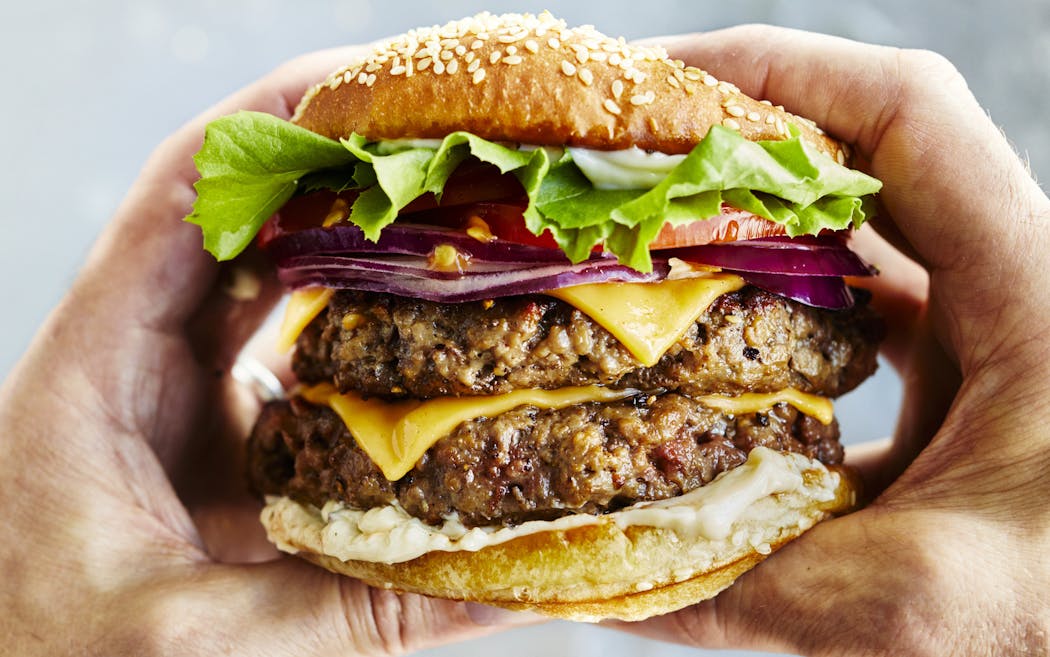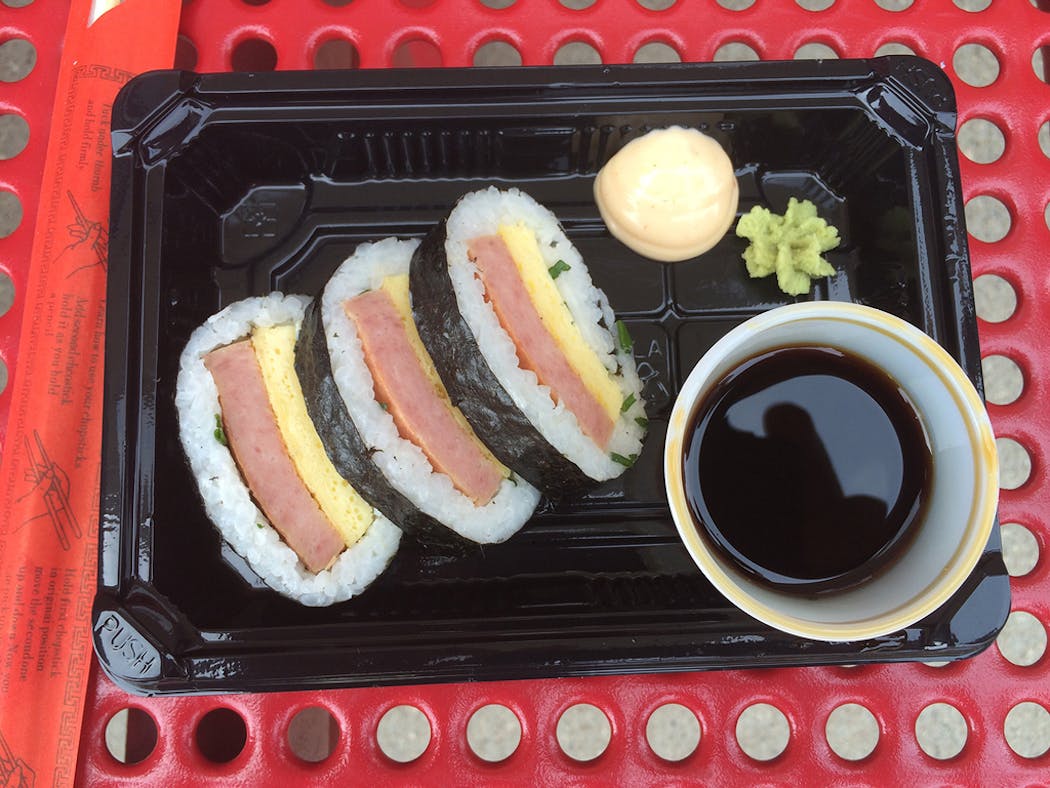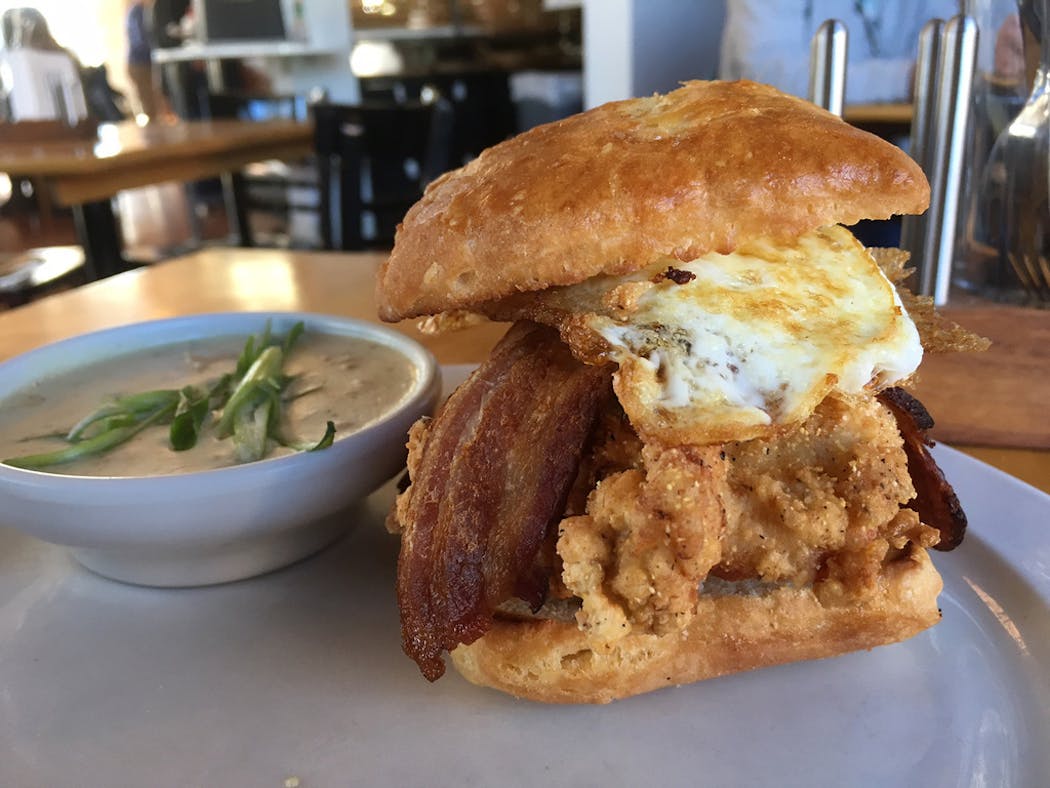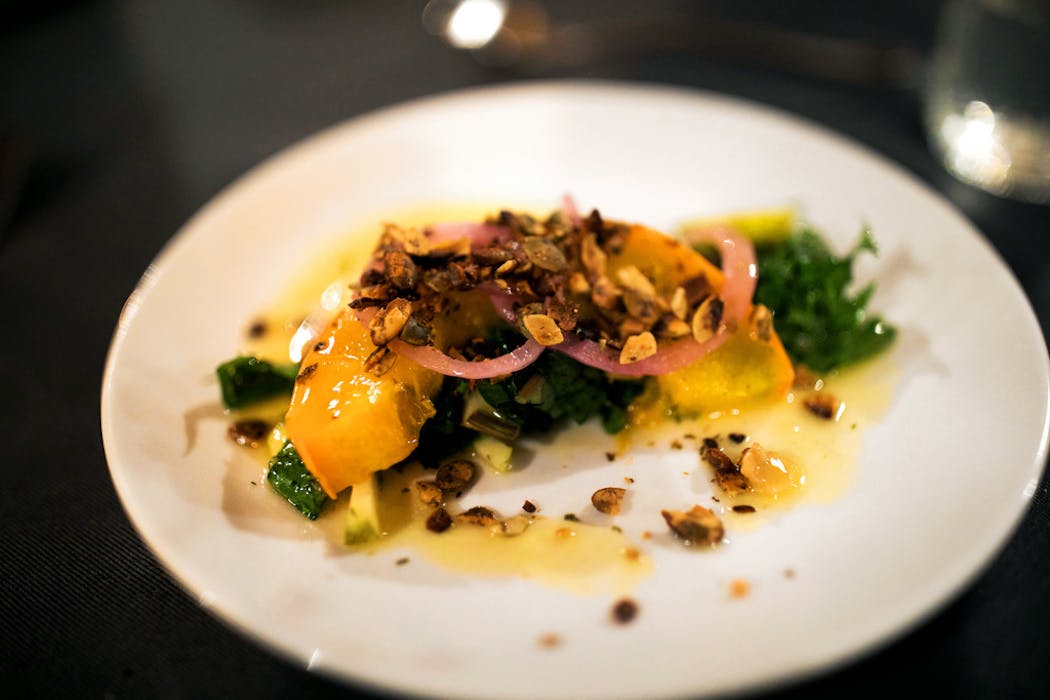Their appearance is as predictable as the annual broadcast of "New Year's Rockin' Eve."
Every December, a bevy of consultants, retailers and publications roll out their food-and-drink trend forecasts for the coming year.
It's easy to snicker at the arbitrary goofiness of it all. But let's face it, these predictions often uncannily turn into reality.
After all, a revisit to 2019's trend Tarot cards reveals an embrace of all things sour, a hunch that oats were going to find their way into countless products and that mocktails would rule the cocktail universe. That's not a bad track record.
A leading forecast comes from Baum + Whiteman. Every year, the New York City-based restaurant and food consulting firm releases its well researched take on what's to come in the coming year in terms of restaurant and hotel food-and-beverage trends. This year's prognostications include:
More "fake" food. Based on the success of Burger King's Impossible Burger rollout, and Ikea developing a plant-based meatball, the folks at B+W see consumers "avidly seeking processed 'food forgeries.' " They see it as a movement that goes beyond mere trend to "a profound consumer mind-lurch," and cite the proliferation of nondairy milks as an example. "So with butter and eggs ... and next up is cheese," they write. "And chicken, pork, shrimp, and who knows, maybe foie gras. It looks like entire categories of food are ripe for replacement."
Spam, everywhere. The good people of Hormel in Austin, Minn., will be delighted to hear that their signature product will be enjoying an ascendancy. With the canned pork delicacy inserting itself into sushi, fried rice, patty melts, tacos and scrambles, Spam is now "trendy enough so that we're putting it on the menu of a giant American diner next year." Denny's, anyone?
Alcohol aversion. "Low-proof and zero-proof cocktails are on the rise," as are booze-free packaged libations that mimic the flavors of classic cocktails.
AARP beef. Following Spain's lead, B+W claims that we'll be seeing steaks cut from cows that are 8 to 10 years old, a far cry from the average 24-month American beef cattle life span. "Their steaks are denser than ours, a bit drier, less flabby, and a bit chewier ... but their bold, intense flavors more than compensate for a lack of butter-knife tenderness. They're corn-finished and dry aged, with some gaminess, less marbling and deep red-purple meat with yellowed fat. They are sensational."
South of the border. B+W is betting that two Mexican staples go mainstream: birria, a spicy, slow-braised stew usually made with goat; and papalo, an herb that's a cross between cilantro, arugula and nasturtium leaves.
Be on the lookout
As they do every year, the soothsayers at Baum + Whiteman also released their annual rapid-fire list of buzzwords. The 2020 collection includes fancy churros, over-the-top breakfast sandwiches, chef-branded sneakers, algae and seaweed, ethical butcher shops, shawarma, celtuce (a thick-stemmed lettuce) and burnt cheesecake from Basque country. Can't wait.
And they offer a caution: "Too many developers adding too many food halls to too many failing shopping malls."
When chefs forecast
Food & Wine magazine surveyed 34 chefs from coast to coast, and their responses ran the gamut. Here are five takeaways from the field:
More women leaders — in butcher shops, bakeries and restaurant kitchens — will become a norm. "It's the coolest time to be a woman boss," said Angela Pinkerton of Che Fico in San Francisco.
Kids menus will disappear. "Millennials, more than any other generation prior, are also exposing their children to food with spice and multicultural cuisines at a much earlier age," said Lorena Garcia of Chica in Miami and Las Vegas.
Regional cooking will become even more focused. "Southern will break up into Appalachian, Lowland, Creole, etc. It's a great way to learn about the food of other cultures," said Josh Habiger of Bastion in Nashville.
Open-hearth cooking will grow in popularity. "It's an old style of cooking brought back that gives the food more flavor and also doubles as a live show for diners while they wait to eat," said Antimo DiMeo of Bardea Food & Drink in Wilmington, Del.
"Haute cuisine will make a comeback," said Michael Sichel of Gabrielle in Charleston, S.C.
At the bar
For the sixth year, Kimpton Hotels & Restaurants' gaze into a crystal ball reveals a long list of trends for those seated at the bar.
The company's soothsayers foresee "spritz culture" continuing to reign supreme. Garnishes will lean toward the noticeably aromatic (dried herbs, spice sachets, burning wood) and if fruits are used as add-ons, they will most likely be grilled or roasted to boost flavor.
Sour beers and hazy IPAs will rule the taps, and wine lists will feature orange wines. In the world of spirits, it's going to be all about alternative grains: baiju (fermented sorghum), shochu (rice, buckwheat, barley) and soju (tapioca), and Japanese whisky highballs will become the Cocktail of the Moment.
Attention, shoppers
The annual trend forecast conducted by Whole Foods Market has several eye-opening predictions.
Flour is going to be big: Expect to encounter teff flour (the foundation for Ethiopian injera), fruit and vegetable flours (banana, cauliflower, coconut), as well as packaged products using alternative flours: tortilla chips composed of tigernut flour, or doughnuts prepared with specialty flours made from flax, chia, sunflower, pumpkin and hemp seeds. Look for a similar boom in nondairy butters, made using macadamia nuts or chickpeas.
West African foods — moringa, tamarind, sorghum and millet — will step into the spotlight, and sweeteners beyond the sugar-stevia-honey-maple syrup aisles will rise in popularity, including syrup-like reductions from fruits (dates, pomegranates) and starches (sweet potato, sorghum).
"Plant-based" packaged products will transition beyond soy, focusing on alternatives (mung beans, avocado, watermelon seeds) that will stand in for the creamy textures of yogurts and other dairy products.
Not to be outdone by his gigantic, Amazon-owned competitor, Josh Resnik, CEO of Twin Cities Co-op Partners — that's the Wedge Co-op and Linden Hills Co-op in Minneapolis, and Co-op Partners Warehouse — talked with staffers and then devised a 2020 forecast.
Highlights include "Milk without moo" ("We will continue to see both lactose-intolerant and dairy-loving people choosing dairy-free products, because they have gotten that good"), "the world in our kitchen" ("As I see kids noshing on seaweed snacks and harissa replacing ketchup on burgers, I think we will continue this global exploration"), "CBD explosion" ("The emergence of CBD supplements in our wellness departments is the biggest new segment we have seen in the co-op in years — if not ever") and "healthy drinking" ("The past decade saw a radical shift from sodas and sugary beverages to kombuchas, switchels, sparkling waters, matchas, canned teas and cold-brew coffees").







